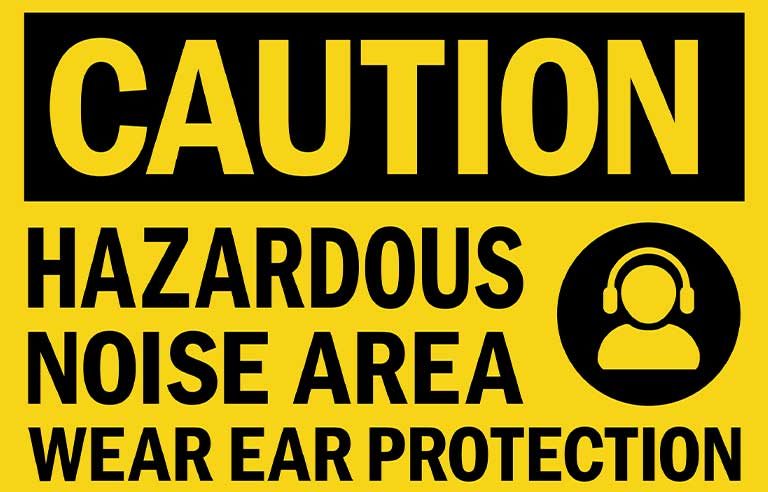
Philadelphia — OSHA Region 3 has extended its Regional Emphasis Program focused on industries with high levels of workplace noise.
Under the REP, OSHA will inspect certain manufacturing workplaces in Delaware, Pennsylvania, West Virginia and the District of Columbia, based on North American Industry Classification System codes. The renewed REP adds three industries:
- Sawmills and Wood Preservation (NAICS code 32111)
- Other Wood Manufacturing (32199)
- Ornamental and Architectural Metal Products (33232)
The REP already included:
- Wood Container and Pallet Manufacturing (32192)
- Other Plastics and Product Manufacturing (32619)
- All Other Nonmetallic Mineral Product Manufacturing (32799)
- Plate Work and Fabricated Structural Product Manufacturing (33231)
- Coating, Engraving, Heat Treating and Allied Activities (33281)
- All Other Fabricated Metal Product Manufacturing (33299)
- Ship and Boat Building (33661)
OSHA says hearing loss is a potential hazard for about 22 million U.S. workers. In 2021, the Bureau of Labor Statistics found that around 12,000 workers had suffered work-related hearing loss – 9,700 of whom worked in manufacturing.
The agency requires workplaces to establish hearing conservation programs when the average noise exposure during an 8-hour period reaches or exceeds 85 decibels (a gas-powered leaf blower or the sound of city traffic, for example).
“Noise controls are the first line of prevention against permanent work-related hearing loss,” OSHA Region 3 Administrator Michael Rivera said in a press release. “By reducing noise levels even by a few decibels, employers can better protect employees, improve communication and stop excessive noise from distracting workers.”
McCraren Compliance offers a full range of safety and health training and consulting services. Plus we can help you incorporate well-being into your traditional systems in order to support the Total Worker Health of your workforce.
Call 888-758-4757, email info@mccrarencompliance.com or visit our website www.mccrarencompliance.com
Original article published by Safety+Health an NSC publication